If you thought of oats as only food, you are in for a fantastic discovery. There’s a special way to mix oats and water to create a perfect oatmeal bath for diaper rash (and other skin conditions).
Oats are an excellent anti-inflammatory and anti-irritation agent for the skin, making them a valuable friend in the struggle against diaper rash.
Oatmeal has been a popular home cure for ages to heal the skin. When you let your baby take a soothing oatmeal bath, your baby’s skin will stay hydrated and smooth.
With the proper steps, you can also give your baby an oatmeal bath for diaper rash, eczema and possibly even chicken pox. Read on to find out just how.
What is an Oatmeal Bath?
An oatmeal bath uses finely ground oats to create a warm, relaxing, and soothing bath. There are different types of oats that you can use to create the bath, and we will show you all the available options.
The mixture relieves sensitive skin issues like diaper rash, inflammation, and itching as the oats dissolve in the bathwater.
Oatmeal is a good cleanser, anti-inflammatory, and moisturizer not only for babies but also for adults.
What Type of Oatmeal Can I Use?
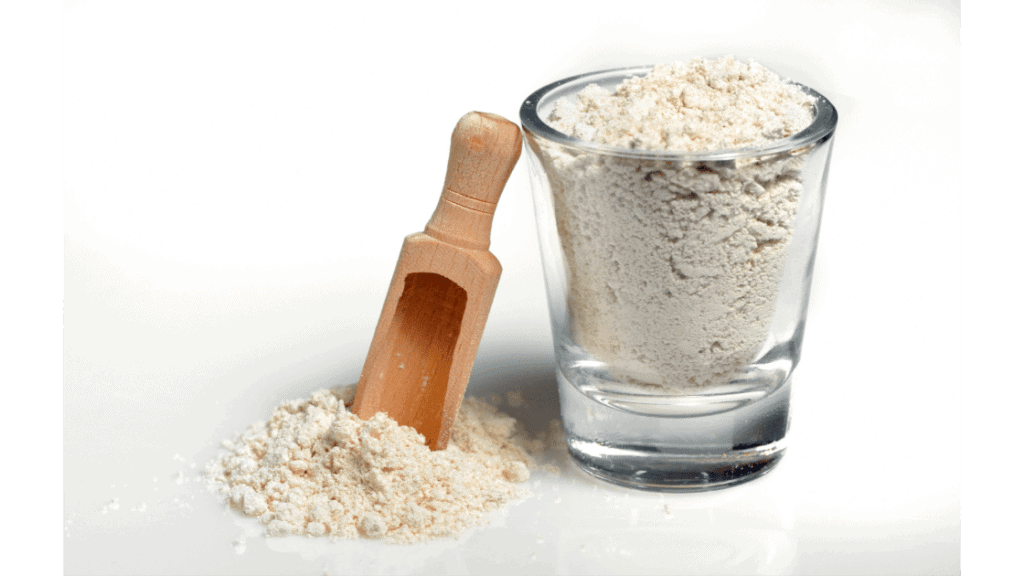
You may make an oatmeal bath with various oats, including instant variants. However, it would help avoid oats with flavor when using them for children.
Once you have a selected oat to use, you can grind them until it turns into a fine powder form. An ideal type of oatmeal to use for oatmeal baths is colloidal. It is a unique variety that is mainly used for bathing.
Compared to other types of oatmeal, colloidal is more refined and easier to turn into powder. It makes it easier to dissolve in water and coat the skin.
Because colloidal oatmeal is suitable for dissolving, it is much different from regular oatmeal. The most important feature is that it is not edible.
You may be familiar with oatmeal as an ingredient in some skincare products. They may be present in soaps, creams, moisturizers, and shampoo.
You can buy a pack of colloidal oatmeal at nearby stores like pharmacies or groceries.
How Can Oatmeal Help With Diaper Rash?
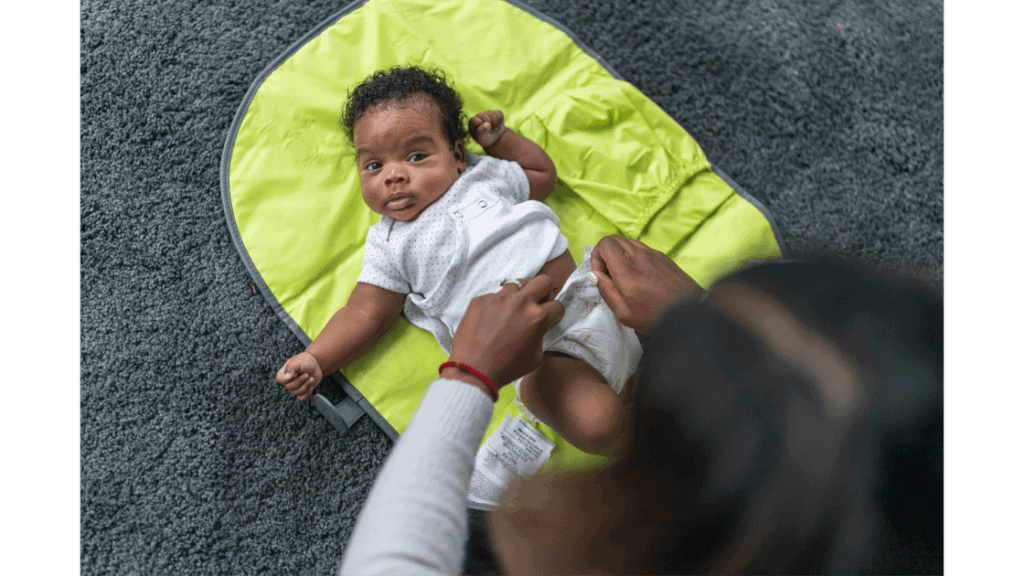
Oats boast their impressive feature of containing antioxidants that can help alleviate the symptoms of diaper rash.
Another benefit of using oats to clean your skin is that they contain saponins, which are gentle enough to remove dirt and oil from the skin’s surface.
Additionally, oats have fats called lipids that lock in moisture and protect you from yeast infection. The smooth feeling will remain even after taking a bath.
So after your baby takes an oatmeal bath, it is best to avoid rubbing their skin with a towel. Instead, pat it dry or air dry to keep the natural skin barrier.
What Do I Need to Make an Oatmeal Bath for Diaper Rash?
It’s simple to prepare an oatmeal bath, but first, you’ll need the correct oats because it concerns babies.
Colloidal oats are the best kind of oat to use in a soothing oatmeal bath for babies. It dissolves quickly and moisturizes the skin.
But if you don’t have access to your own colloidal oatmeal, you can still use any oatmeal. Ideally, you can choose from plain oatmeal or quick oats.
However, it would help if you kept in mind that you should avoid using flavored oats at all costs. Second, you’ll need a blender, coffee grinder, or a food processor to help you crush the oats into powder.
To make the oats even powder-like, try using a cheesecloth, pantyhose, or muslin bag if you can’t get it finely grounded with the grinder.
Finally, water and a baby tub are the two most critical items you need to ensure that your baby enjoys their bath time.
How Do I Prepare the Oatmeal?
Ensure that the oats don’t sink too far down into the water while preparing oatmeal baths. You may either buy pre-made colloidal oatmeal or grind your oats into a fine powder at home to get the same effect.
To avoid lumps and mess, you can also stuff the oats into a stocking, cheesecloth, or muslin bag.
First Option
Using your food processor, grinder, or blender, grind your oats until it turns into powder form. You can test if the oats are fine enough by taking a tablespoon of them and stirring it in a glass of warm water.
It is good to go if the oats dissolve in the water to form a milky and silky substance. However, if there are still lumps and the water doesn’t turn milky-looking, you’ll need to grind the oats even finer.
It must feel silky enough to touch without the harsh lumps and mess to avoid irritating the baby’s delicate skin.
Second Option
An alternative method is to use cheesecloth or muslin bags to keep the oats powdery and not toss them in the tub in chunks.
You can use this method to avoid cleaning up a mess you don’t want to deal with in your tub. Instead of grinding it, you may use whole oats, best if it is organic, and a cheesecloth, pantyhose, or muslin bag.
There are also pre-made muslin tea bags available that you may use. After filling the fabric with the oats, secure it with a rubber band or tie it. For babies, it is best to use only half a cup of oats.
How to Give an Oatmeal Bath for Diaper Rash?
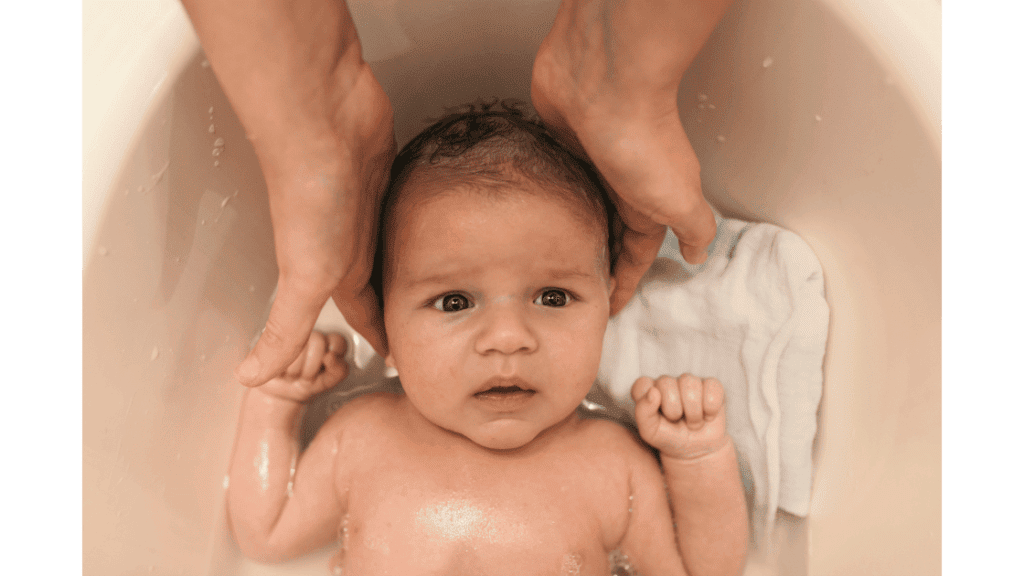
You can now start preparing for baby’s oatmeal bath when you’ve got your oatmeal ready.
Preparing the Tub
The first and probably most essential thing to prepare before a baby’s bath, in general, is the water. A newborn’s skin is vulnerable to burns, so check the water temperature before bathing your baby.
You can first start pouring cold water, followed by the hot. As a mom, you’ll know how much your baby can take during baths.
To avoid drowning, only use an appropriate amount of water. If your baby is two years old or below, they should not play with water deeper than their waist level.
If you have a thermometer, aim for 90 to 100 degrees Fahrenheit. You can also use your elbow to measure it.
Prepare your baby’s oatmeal bath as you usually do in a regular bath. For example, include bath toys to keep them distracted while they bathe.
Adding the Oatmeal
The next step is to pour the crushed oatmeal into the tub or place the cloth with the oats.
Swirl your hands in the warm water several times to ensure that the oats are fairly distributed in the tub. If you find any oat clumps in the tub, break them apart or remove them.
Soaking Your Baby
The best bathing time for your baby should be 15 to 20 minutes only. You can gently apply a small portion of oats straight to their dry skin.
If you used fabric to put your oats in, it is best to start with hot water before waiting for it to cool down. It is best to have a timer and thermometer to check the water temperature while your child bathes.
Pat-Drying Your Baby
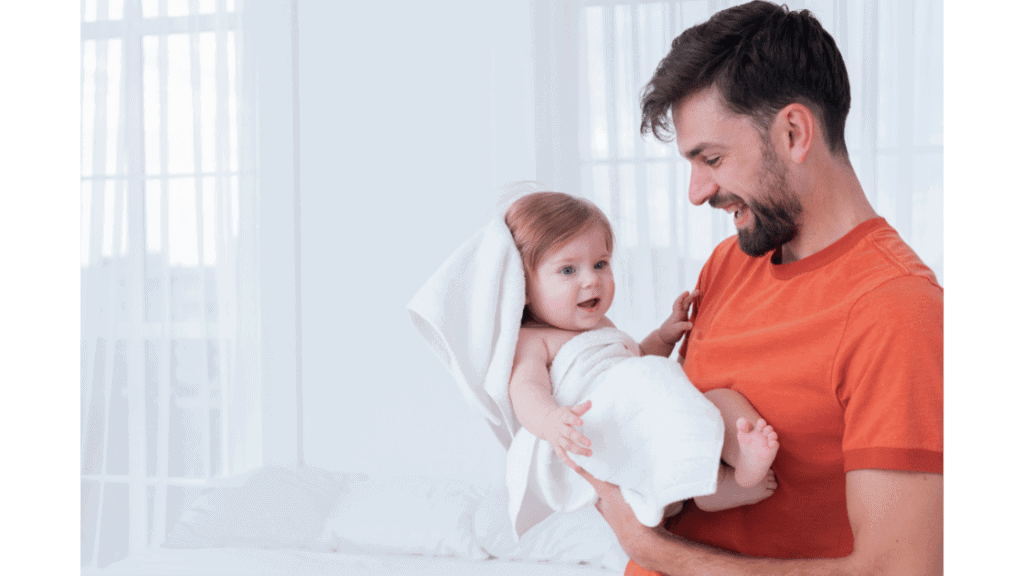
When you give your baby a soothing oatmeal bath, it forms a natural skin barrier that locks in moisture. Do not rinse the baby after their warm bath to avoid removing this protective barrier.
However, you can gently remove your baby from the tub, then pat dry their skin with a towel. Rubbing their skin can cause skin irritation and remove the barrier from their skin. If it’s warm enough for them to roam freely, you can let them air dry.
Moisturizing after Bath
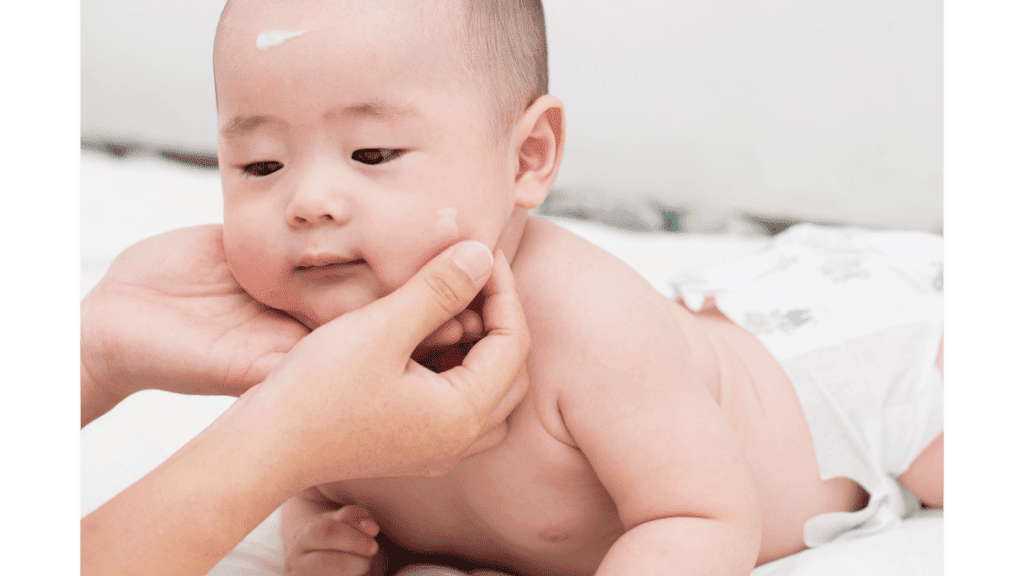
After taking a bath, let them dry by adding a layer of skin protection using lotion.
Ensure that it is fragrance-free and hypoallergenic so it will not cause irritation and will keep them moisturized.
Your pediatrician can let you know how often you can give your baby a homemade oatmeal bath. It may be once, twice, or more than that per day.
What Are the Advantages of Giving Babies an Oatmeal Bath for Diaper Rash?
There are several skin and hair problems that oatmeal has traditionally been used to treat in adults, kids, and babies of all ages.
Oatmeal baths also benefit several skin conditions based on different medical studies. You’ll even see products containing oatmeal like soaps, moisturizers, and shampoos.
Oatmeal also protects the irritated skin from chemical attacks and relieves itching as a natural moisturizer. It mainly helps in skin healing, retains moisture, and minimizes the risk of skin drying out quickly.
It has anti-inflammatory features that soothe irritation, itching, and discomfort due to various skin conditions.
What Are the Disadvantages of Giving Babies an Oatmeal Bath for Diaper Rash?
Oatmeal in baby baths is generally safe, although some may experience allergic responses. If your baby has wheat or gluten allergy, oats may cause an allergic reaction or discomfort.
Oats do not initially have gluten, but they are usually beside wheat and grains on farms. Some babies may get an allergic reaction from the gluten left in finely ground colloidal oatmeal.
Therefore, most colloidal oatmeal goods for babies are fragrance-free, have no artificial coloring, and are pure.
However, moms should carefully check the ingredients in colloidal oatmeal to ensure the baby’s safety. It is best to look for organic oats, so ensure that your baby will get the best skincare.
Takeaway: Oatmeal Bath for Diaper Rash – What You Need to Know
When your baby has an itchy rash or itchy skin condition like diaper rash, oatmeal baths might help soothe your baby’s skin.
If you let your baby enjoy the benefits of an oatmeal bath, you can also try it for yourself. Oatmeal baths do not guarantee an overnight miracle like any other skincare product. It does not entirely cure diaper rashes, but they help relieve symptoms.
However, if your baby experiences severe diaper rash, it is best if you consult your pediatrician before using an oatmeal bath for diaper rash.

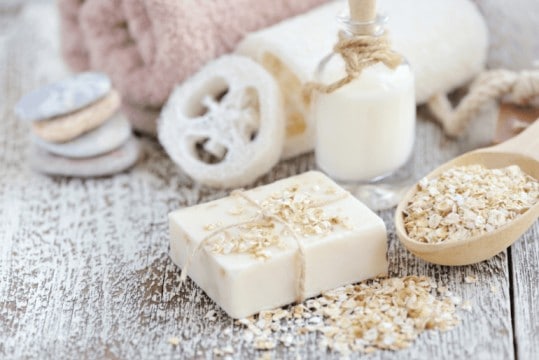
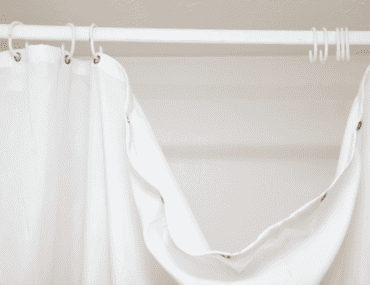
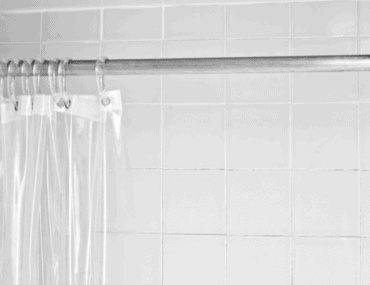

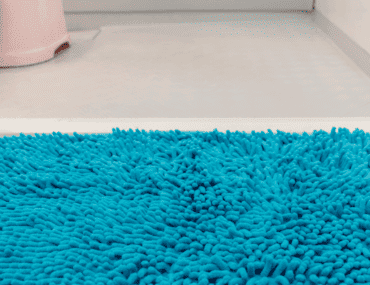
Comments are closed.